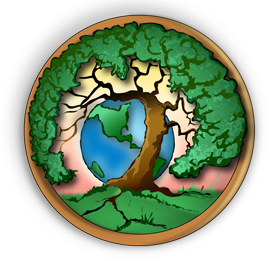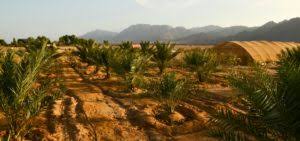
In August, 2020 I participated in an Ecosystem Restoration Camps webinar which centered on Camp Habiba, in the town of Nuweiba, located on the coast of Egypt’s Sinai Peninsula. Camp Habiba aims to introduce regenerative agricultural techniques into local communities, stop erosion and desertification, and create livelihoods for people in the region. They are now expanding their projects to include land restoration of their greater landscape with a focus on healing the hydrological cycle. Their site is very dry and very saline. I was impressed with the staff and coordinator Maged El Said. I offered to send them some useful books on arid-land agriculture. This is the selection I have come up with that should be useful to them. These books and the information they contain will be useful elsewhere in the Middle East and arid regions around the world.
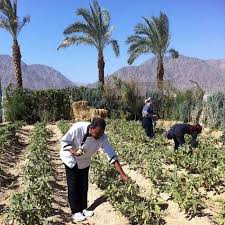
Habiba Community’s website: https://www.habibacommunity.com/
Here are two youtubes with a peek at Habiba Organic Farm.
Camp Habiba Community (Sinai, Egypt)
4:55. March 2020. Search Youtube for other youtubes.
Habiba Organic Farm
6:38. 2,001 views. Feb 15, 2013.
Arid-Land Farming and Ecosystem Restoration.
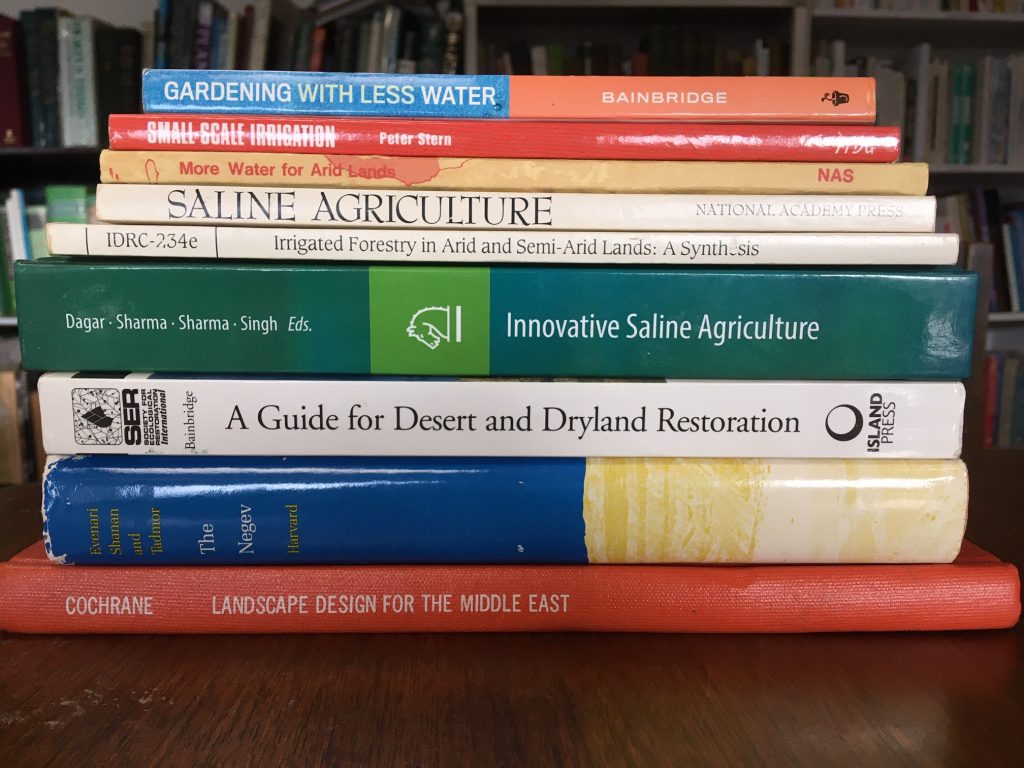
Some top books on the topic:
Compiled and reviewed by Michael Pilarski. Global Earth Repair Foundation and Friends of the Trees Society.
December 1, 2020 edition.
Here is a selection of the top books on arid-land farming and ecosystem restoration that I know of with an emphasis on information useful in Egypt’s Sinai Desert. I have been collecting (and reading) books on this topic for the past 45 years. I have lived and farmed in the semi-arid, Inland Pacific Northwest for most of this time.
The Negev: The Challenge of a Desert.
Michael Evanari, Leslie Shanan and Naphtali Tadmor. Second Edition, 1971 and 1982. 437 pages. Currently costs about $56 on the internet.
This is the story of how a team of archeologists figured out how the ancient runoff agriculture in the Negev Desert worked in pre-Christian times. These are some of the most sophisticated runoff agricultural systems ever developed and enabled a civilization to flourish in a very harsh desert ecosystem. Petra was one of its cities. Bill Mollison taught these systems in his Dryland Permaculture Design Course which I had the good fortune to take in 1986. This includes Wadi culture, net & pan systems and extensive engineering works of dams, canals and rock-lined fields. The systems were engineered to take advantage of even 100-year rainfall events and channel the water to agriculture areas for sinkage and storage. The Negev is part of the Sinai peninsula or next door. They actually built modern-day systems to test them out and they worked.
Landscape Design for the Middle East.
Edited by Tim Cochrane and Jane Brown. Riba publications. Limited. 1978. London. 160 pages. Large format.
This is a hard to find book. Topics are mainly on desert reclamation, irrigation techniques, and adapted plants. Useful, practical information.
A Guide for Desert and Dryland Restoration: New Hope for Arid Lands. David A. Bainbridge. 2007. Island Press. 391 pages. Currently available for around $26 on the internet. An eminently useful and modern book. A handbook for restoration ecologists, farmers, and ranchers.
Saline Agriculture: Salt Tolerant Plants for Developing Countries.
1990. National Academy Press, Washington DC. Report of a Panel of the Board on Science and Technology for International Development. 143 pages. Currently costs about $20 on the internet. Lots of research contacts and sources of further information. If you are farming with salty water this is a great book. Useful for the Sinai coast.
Gardening with Less Water
David A. Bainbridge. 2015. Storey Publishing. North Adams, Massachusetts. 127 pages. Currently costs $12.99 on the internet.
Low-Tech, Low-Cost Techniques. Use up to 90% less water in your garden. Short rundowns on lots of useful techniques. Useful photos and diagrams.
Small Scale Irrigation.
Peter Stern. Intermediate Technology Pub. London. 152 pages. Currently costs about $9 on the internet.
Small-scale irrigation techniques. More practical information, put together especially for developing countries.
Innovative Saline Agriculture.
Edited by J.C. Dagar, P.C. Sharma, D.K. Sharma and A.K. Singh 2016. Springer, India. 519 pages. Currently costs about $154 on the internet.
A hefty, peer-reviewed textbook with 22 chapters by many experts from around the world.
More Water for Arid Lands: Promising Technologies and Research Opportunities.
1974. National Academy of Sciences. Washington DC. 154 pages. Currently costs about $8 on the internet.
Water supply and Water conservation. Introductions to some of the primary techniques and resources for further study.
Irrigated Forestry in Arid and Semi-Arid Lands: A Synthesis.
F.B. Armitage. 1985. International Development Research Centre, Ottawa, Canada. 160 pages. Currently costs about $60 on the internet.
A look at current practice in many parts of the world. Climate, salinity, irrigation, tree species, implantation, production, growth and yields. A big overview with lots of details.
Ecology of Xerophytes and Halophytes in Sinai Peninsula, Egypt
Rmadan Shawki. 2016. Currently costs $102 on the internet. I can’t afford to buy this book, but great if someone would donate a copy to Camp Habiba.
Xerophytes and halophytes naturally growing in Egypt’s deserts may play an important role in the welfare of the Egyptians. Apart from being drought and/or salinity tolerant plants, all have certain agro-industrial potentialities. These plants are in fact, the promising renewable natural resources that could supply the country with raw materials for different industries. Conservation and sustainable utilization of these plants should be on a scientific base. Also, the production of halophytes as non-conventional fodder crops in the salt-affected lands of Egypt’s deserts could play an important role in the shortage of animal feed and meat production in Egypt. Unfortunately, little was known about the autecology of most of these valuable xerophytes and halophytes. The present book throws light on the different ecological aspects and the economic potentiality of some species in the Sinai Peninsula, Egypt.







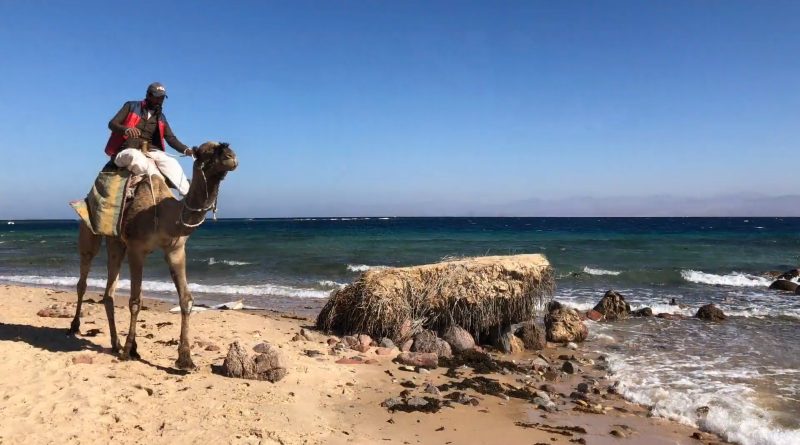
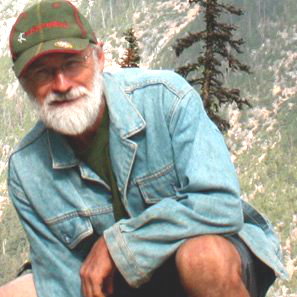 MICHAEL “SKEETER” PILARSKI is a life-long student of plants and earth repair. His farming career started in 2nd grade and his organic farming career began in 1972 at age 25. Michael founded Friends of the Trees Society in 1978 and took his first permaculture design course in 1982. Since 1988 he has taught 36 permaculture design courses in the US and abroad. His specialties include earth repair, agriculture, seed collecting, nursery sales, tree planting, fruit picking, permaculture, agroforestry, forestry, ethnobotany, medicinal herb growing, hoeing and wildcrafting. He has hands-on experience with over 1000 species of plants. He is a prolific gathering organizer and likes group singing.
MICHAEL “SKEETER” PILARSKI is a life-long student of plants and earth repair. His farming career started in 2nd grade and his organic farming career began in 1972 at age 25. Michael founded Friends of the Trees Society in 1978 and took his first permaculture design course in 1982. Since 1988 he has taught 36 permaculture design courses in the US and abroad. His specialties include earth repair, agriculture, seed collecting, nursery sales, tree planting, fruit picking, permaculture, agroforestry, forestry, ethnobotany, medicinal herb growing, hoeing and wildcrafting. He has hands-on experience with over 1000 species of plants. He is a prolific gathering organizer and likes group singing.